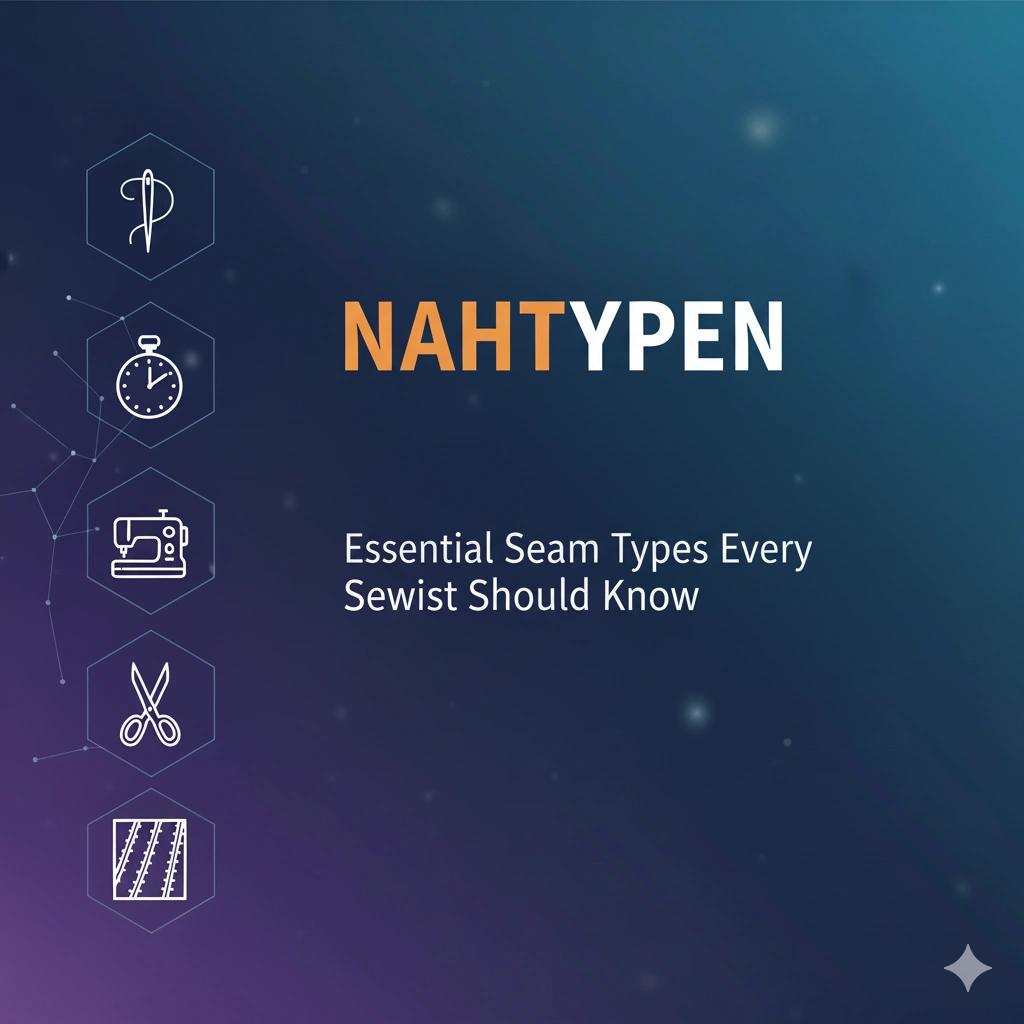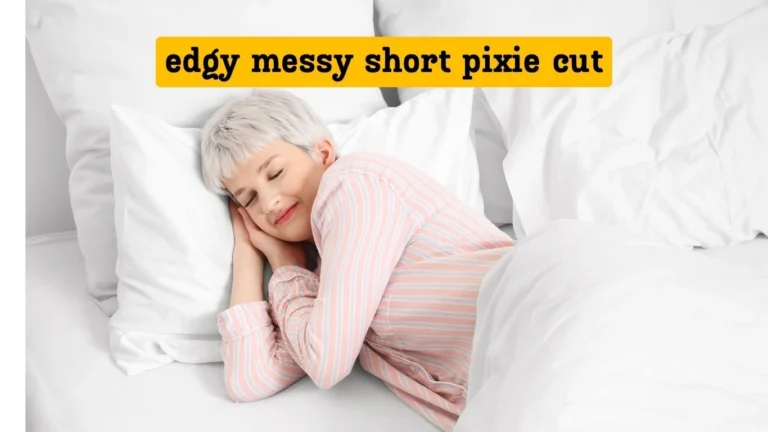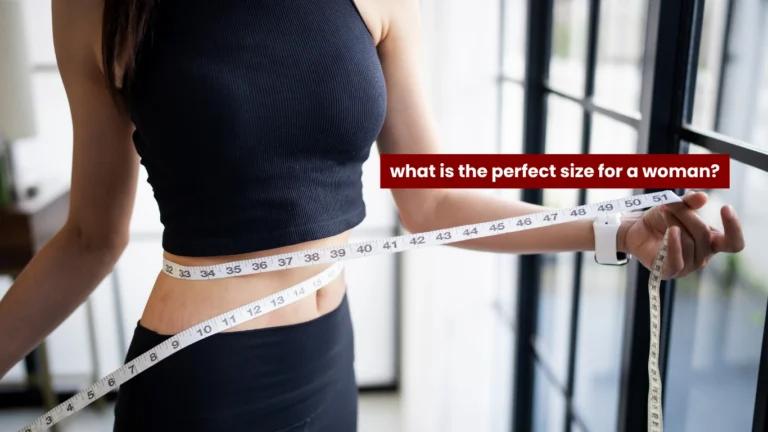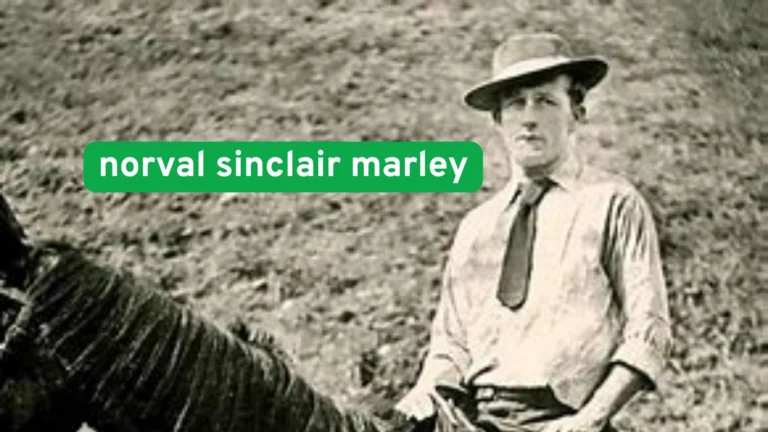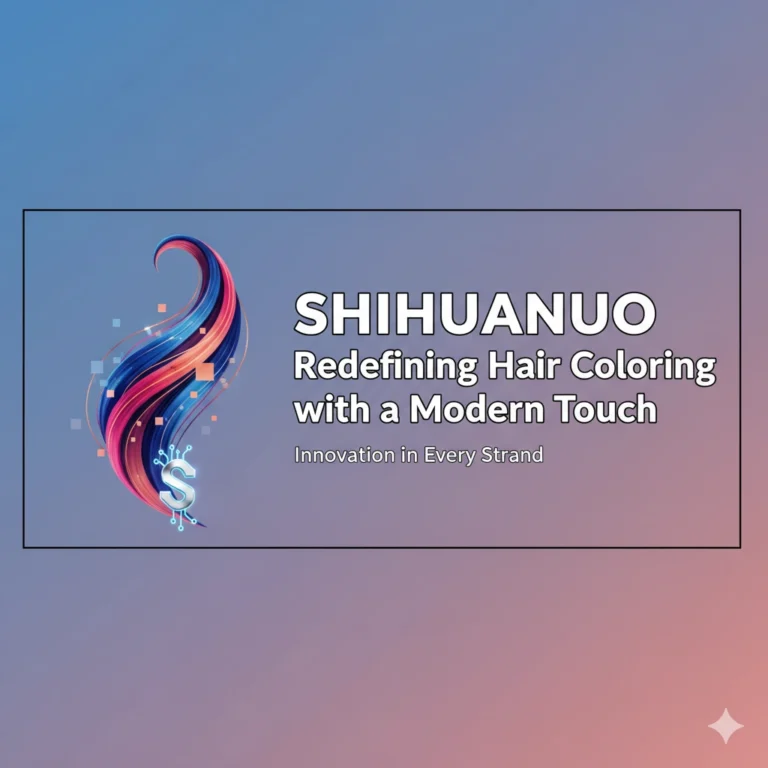Nahttypen: Essential Seam Types Every Sewist Should Know
When you think about sewing, what’s the one detail that truly holds everything together? Nahttypen—or “types of seams.” They’re the unsung heroes of tailoring, fashion design, and textile production. A seam isn’t just a line of stitches; it’s the backbone of a garment, influencing durability, comfort, and even style.
Whether you’re just learning to sew or already confident with a needle, understanding nahttypen can transform your projects from homemade to professional-quality. Let’s dive into what they are, why they matter, and how to choose the right seam for your fabric.
What Exactly Are Nahttypen?
In simple terms, nahttypen are the different seam techniques used to join fabrics together. But they do much more than hold two pieces in place:
- They strengthen garments against everyday wear and tear.
- They enhance comfort by reducing bulk or rough edges.
- They shape and decorate clothing, adding character to designs.
Choosing the right nahttyp depends on your fabric, the purpose of your project, and the look you want to achieve.
Why Nahttypen Matter in Sewing and Fashion
Imagine making a silky blouse with the wrong seam and watching it fray after the first wash. Or picture a tent ripping in the wind because the stitches weren’t reinforced. Seams determine whether a product is delicate, strong, invisible, or decorative.
In fashion, seams can sculpt body shapes (like princess seams) or serve as design features (like bold topstitching). Much like design influences, seams also shape culture and creativity. In industries such as upholstery or sailmaking, seams literally hold safety and performance together.
The Most Common Nahttypen Explained
Here are some seam types you’ll come across most often, along with their strengths:
- Open Seam (Offene Naht): A simple method where seam allowances are pressed apart. Best for lightweight fabrics like blouses and dresses.
- Closed Seam (Geschlossene Naht): Stronger, with seam allowances pressed to one side. Popular in jeans and outerwear.
- French Seam (Französische Naht): A favorite for delicate fabrics, hiding raw edges neatly inside. Perfect for silk or chiffon.
- Flat-Felled Seam (Kappnaht): Extremely durable and resistant to fraying. Common in denim, uniforms, and sportswear.
- Overlock Seam: Uses a serger to finish edges and allow stretch. Essential for knits and activewear.
Each seam type balances strength, style, and practicality in different ways.
Beyond Fashion: Nahttypen in Industry
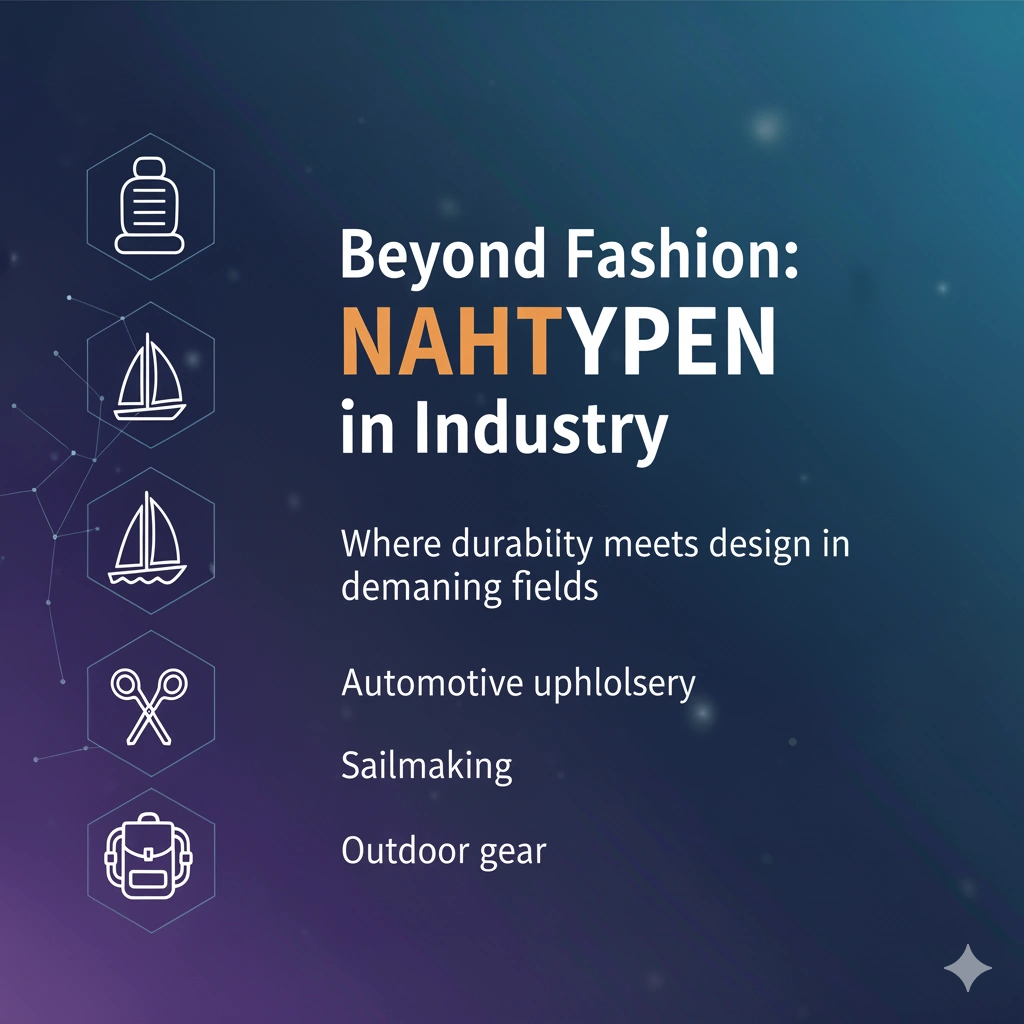
Nahttypen don’t just belong in your sewing room. They’re vital in industries where fabrics face serious stress:
- Automotive upholstery relies on flat-felled seams for long-lasting durability.
- Sailmaking uses zigzag seams to endure wind and water pressure.
- Outdoor gear like backpacks and tents depend on reinforced seams to handle rough use.
In these cases, seams aren’t just decorative—they’re the difference between success and failure.
Choosing the Right Seam Type
Here are some quick factors to consider before deciding which nahttyp to use:
- Fabric weight: Light fabrics love French seams, while heavy denim demands flat-felled seams.
- Purpose: Formal garments often need hidden seams; casual wear can embrace visible stitching.
- Durability: Workwear, sportswear, and uniforms need reinforced seams.
- Aesthetic goals: Designers sometimes choose decorative seams purely for style.
Modern Innovations in Nahttypen
Technology has reshaped seam construction too. You’ll now find:
- Laser-sealed seams in waterproof jackets.
- Bonded seams created with heat and adhesive for a sleek, stitch-free finish.
- Stretch seams designed for comfort in athletic and performance wear.
These new approaches prove that even something as traditional as stitching continues to evolve.
Pro Tips for Better Sewing at Home
Want professional-looking results? Keep these in mind:
- Always match the seam type to the fabric.
- Press every seam for a cleaner, sharper look.
- Use the right thread and stitch length.
- Reinforce stress points with backstitching.
Small habits like these make a huge difference in the finish of your work.
Conclusion
Nahttypen are more than technical details—they’re the creative and functional core of sewing. From delicate French seams to rugged flat-felled stitches, every seam tells a story of durability, design, and purpose.
For beginners, experimenting with different seam types is the best way to grow your skills. For professionals, mastery of nahttypen opens doors to innovative fashion, industrial strength, and limitless creativity.
So next time you pick up a needle and thread, remember: the seam you choose shapes the future of your fabric.
FAQs
Q1: What does Nahttypen mean in sewing?
Nahttypen refers to the different seam types used to join fabrics. Each seam affects the garment’s strength, durability, and overall design.
Q2: Why are Nahttypen important in fashion design?
Seams not only hold fabric together but also shape garments, add decorative effects, and influence comfort and durability in fashion.
Q3: Which Nahttypen is best for delicate fabrics?
The French seam is ideal for delicate fabrics like silk or chiffon because it hides raw edges and creates a polished interior finish.
Q4: What is the strongest Nahttypen for heavy fabrics?
Flat-felled seams are the strongest option for denim, uniforms, and outdoor wear because they prevent fraying and provide maximum durability.
Q5: How do modern innovations change Nahttypen?
Today, sewing also uses bonded, stretch, and laser-sealed seams, especially in sportswear and waterproof garments, for strength and sleek finishes.

